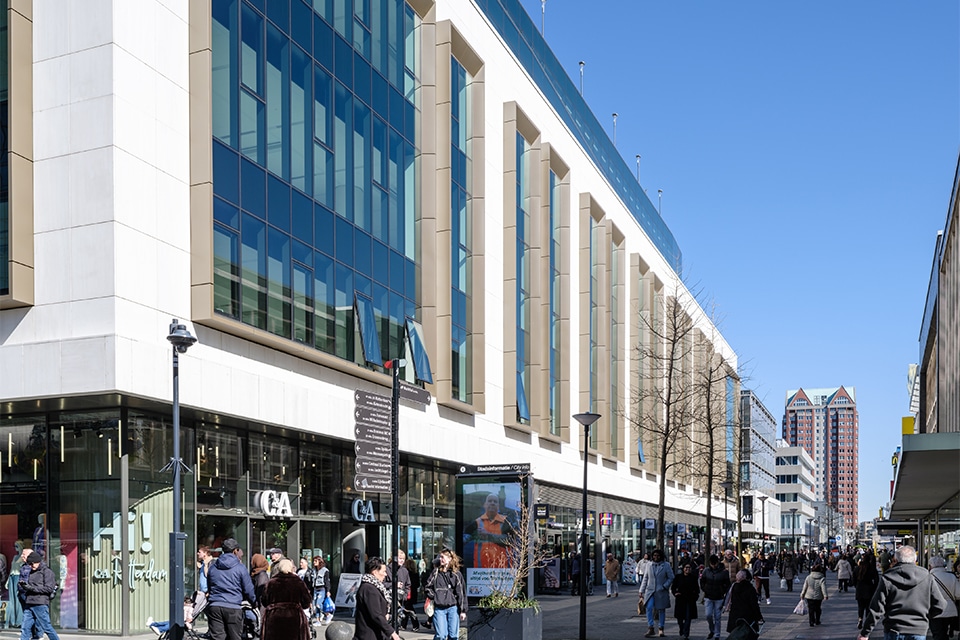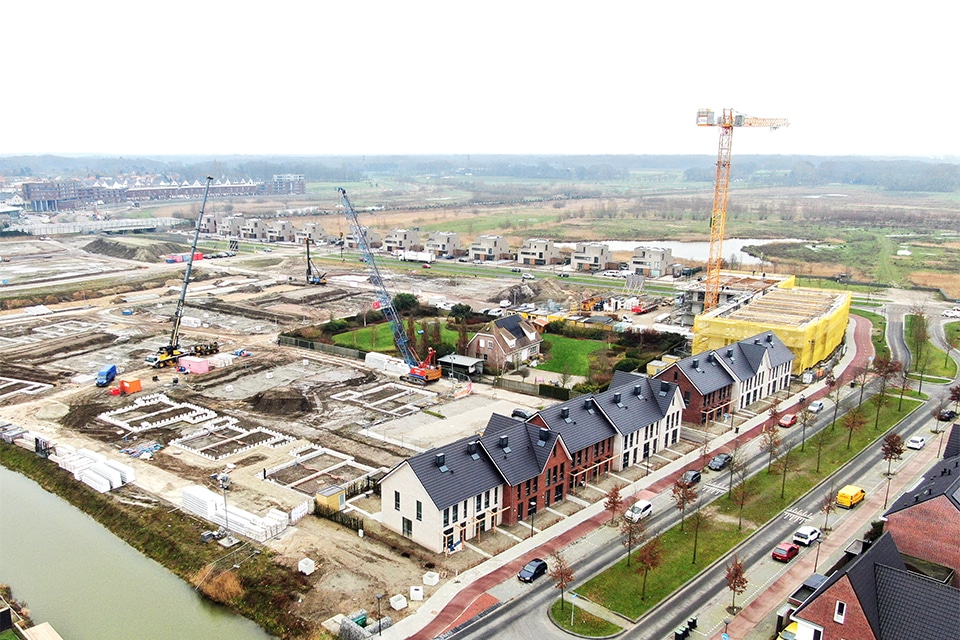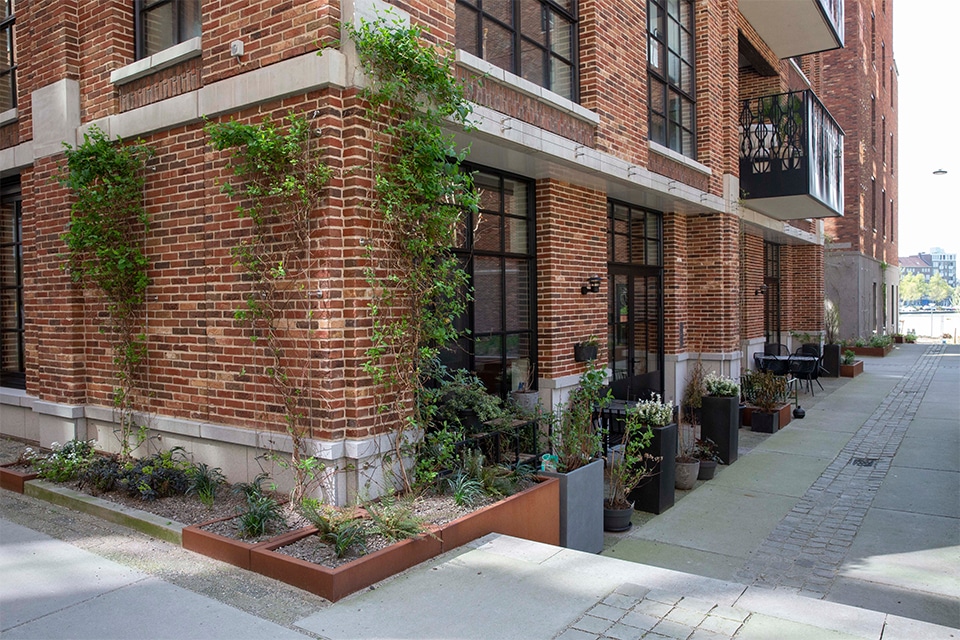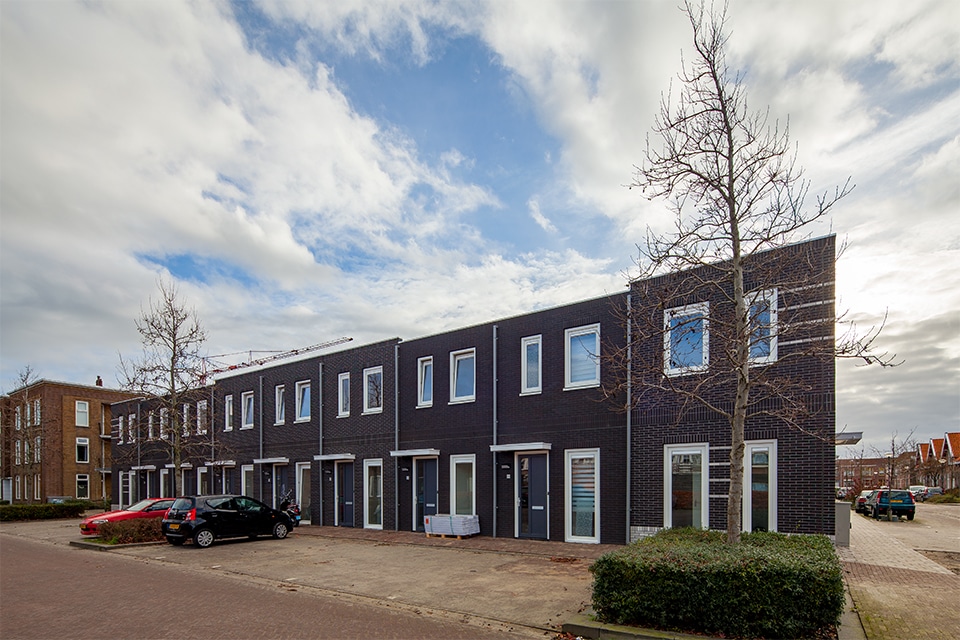
Quality you can rely on
New control center is strong feat of craftsmanship by young and modern steel builder
The new control center on Scheveningen's boulevard is special not only because of its beautiful and compact design, but also because of its challenging steel construction. For example, the building uses two buckled cantilevered trusses of no less than twelve tons. Another special feature is that the second floor is suspended from the trusses. A strong example of craftsmanship from Buiting Staalbouw.
Commissioned by contractor BESIX Netherlands, Buiting Staalbouw produced, delivered and assembled the main supporting structure for the new control center. "What is special about the project is that many of our areas of expertise come together in a limited number of square meters," says Arthur Heesen, Branch Manager Almelo at Buiting Staalbouw. As an example, he mentions the two large trusses in the control room, which cantilever about ten meters and give the building its distinctive shape. "The trusses contribute maximally to the aesthetics of the building. Moreover, they guarantee an optimal view of the surroundings from the control room."

Buckled trusses
The trusses are incorporated into the eaves of the control center and, because of the curved building shape, are buckled in the vertical plane. "As a result, the large trusses point toward each other at 45°," Heesen said. "In addition, a smaller truss of about eight tons was added at the end. HEA600 roof girders transverse to the trusses provide the necessary stability."
Suspended floor
In total, Buiting Staalbouw produced and assembled about 150 tons of steel for the control center. "At the base of the building is a steel skeleton on which the floors descend," said Heesen. "These floors are composed of hollow-core slabs and provided with a compression layer. In the second floor, some floor fields are additionally provided with a steel plate concrete floor." The second floor is suspended from the trusses of the control room. "To make this possible, we built a temporary auxiliary portal on the first floor with two columns and a large, heavy girder. On top of this, the second floor was then built."
Corrosion class C5-M
Because of the building's location on the North Sea, all steel parts that come into contact with the salty maritime climate have been treated by Buiting Staalbouw in accordance with corrosion class C5-M (maritime).




